Home>Gardening & Outdoor>Outdoor Recreation & Activities>How To Winterize An Above Ground Swimming Pool
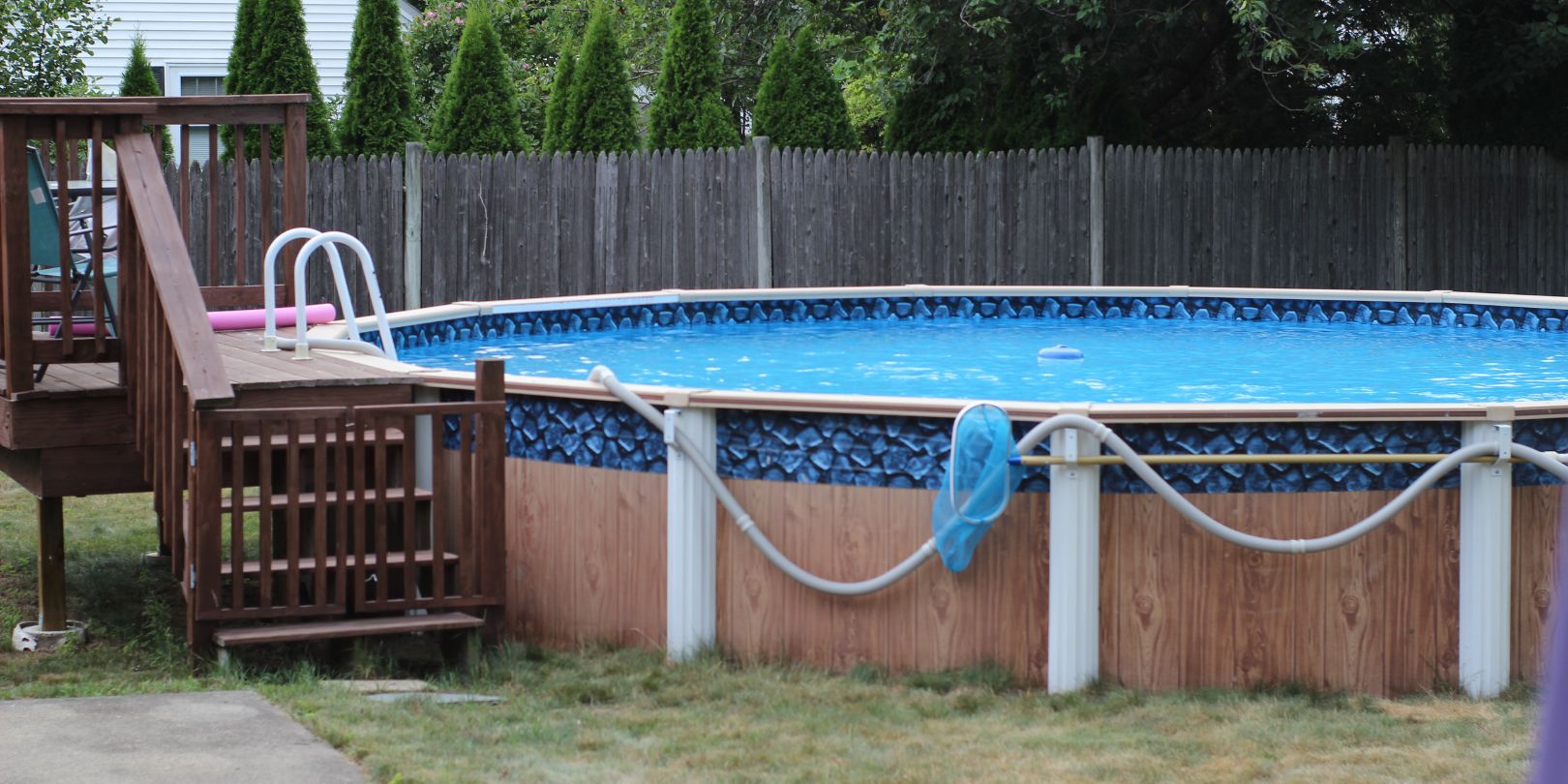

Outdoor Recreation & Activities
How To Winterize An Above Ground Swimming Pool
Published: February 17, 2024
Learn how to properly winterize your above ground swimming pool to protect it during the colder months. Follow these outdoor recreation and activities tips for a stress-free winter!
(Many of the links in this article redirect to a specific reviewed product. Your purchase of these products through affiliate links helps to generate commission for Storables.com, at no extra cost. Learn more)
Choosing the Right Time to Winterize
Winterizing an above ground swimming pool is a crucial step in ensuring its longevity and preventing damage during the cold months. Choosing the right time to winterize your pool is essential for a successful winterization process. Ideally, you should aim to complete this task before the temperatures consistently drop below 65°F (18°C). This timing allows you to prepare the pool while the water is still relatively warm, making it easier to balance the chemicals and prevent algae growth.
By planning the winterization process before the onset of freezing temperatures, you can avoid potential damage caused by ice formation. When water freezes, it expands, which can lead to cracked pipes, damaged filters, and other costly issues. Therefore, it's crucial to stay ahead of the winter weather by winterizing your pool in a timely manner.
Additionally, choosing the right time to winterize allows you to enjoy a smoother and more efficient process. With moderate temperatures, you can work comfortably without the urgency of impending cold weather. This enables you to take the necessary steps with care and attention to detail, ensuring that each aspect of the winterization process is thoroughly addressed.
Moreover, by winterizing your pool at the appropriate time, you can safeguard the pool equipment and components from potential damage. Properly preparing the pool before the arrival of freezing temperatures minimizes the risk of costly repairs and replacements, ultimately saving you time and money in the long run.
In essence, selecting the right time to winterize your above ground swimming pool is a proactive approach that promotes the pool's longevity and minimizes the risk of winter-related damage. By initiating the winterization process before the onset of freezing temperatures, you can ensure a smoother, more effective process while safeguarding your pool from potential harm.
Key Takeaways:
- Winterize your above ground swimming pool before the temperatures consistently drop below 65°F to prevent costly damage from freezing water expansion. This proactive approach ensures a smoother process and saves time and money in the long run.
- Properly cleaning, balancing, and covering your pool before winter sets in safeguards it from potential damage, ensuring a hassle-free reopening in the spring. Invest in quality winterizing chemicals and a durable cover for optimal protection.
Cleaning and Balancing the Water
Properly cleaning and balancing the water in your above ground swimming pool is a fundamental step in the winterization process. This crucial task ensures that the pool water is free from debris, bacteria, and algae while maintaining the appropriate chemical balance for the dormant winter months.
Begin by thoroughly cleaning the pool, including skimming the surface to remove leaves, insects, and other debris. Use a pool vacuum to eliminate any dirt or sediment that has settled at the bottom. Additionally, brushing the pool walls and floor helps dislodge any stubborn algae or buildup, preparing the pool for the next steps of the winterization process.
Once the pool is clean, it's essential to balance the water chemistry. Start by testing the water using a reliable pool testing kit to assess its pH, alkalinity, and chlorine levels. Adjust these levels as needed to ensure that the water is properly balanced. Maintaining the correct pH level (between 7.4 and 7.6) is crucial for preventing corrosion and scaling, while the ideal alkalinity range (between 80 and 120 ppm) helps stabilize the pH levels. Furthermore, ensuring the chlorine level is within the recommended range (1-3 ppm) is vital for preventing algae growth during the winter months.
In addition to balancing the pH, alkalinity, and chlorine levels, consider using winterizing chemicals to further protect the water. These chemicals help prevent algae growth and protect the pool's surfaces and equipment during the dormant season. Algaecides and winterizing kits are effective in maintaining water clarity and preventing staining or scaling, safeguarding the pool until it's ready for use again in the spring.
By meticulously cleaning and balancing the water in your above ground swimming pool, you set the stage for a successful winterization process. This proactive approach not only safeguards the pool from potential damage but also ensures that the water remains in optimal condition throughout the winter. Ultimately, investing time and effort into cleaning and balancing the water before winterizing your pool pays off in the form of a well-maintained and ready-to-use pool when the warmer months return.
Lowering the Water Level
Lowering the water level in an above ground swimming pool is a crucial step in the winterization process, as it helps protect the pool and its components from potential damage caused by freezing temperatures. By reducing the water level to the appropriate height, you can prevent the expansion of ice within the pool, which could lead to structural damage and costly repairs.
To begin this essential task, use a submersible pump or the pool's filtration system to gradually lower the water level. The goal is to reduce the water to a level that is below the pool skimmer and return openings. Typically, lowering the water to about 4 to 6 inches below the skimmer opening is recommended. This allows adequate space for the water to expand if it freezes, minimizing the risk of damage to the pool's walls and equipment.
As the water level decreases, it's important to monitor the process carefully to ensure that the desired level is achieved. Additionally, consider the local regulations and guidelines regarding water disposal. Some areas have specific requirements for draining pool water, so be sure to adhere to any applicable regulations during this step.
Once the water level has been lowered to the appropriate height, it's time to address the pool's plumbing and equipment. Start by disconnecting the hoses and equipment, such as the pool pump, filter, and heater, to prevent any water from remaining trapped and causing damage due to freezing. Properly draining and storing these components in a dry, protected area helps prolong their lifespan and ensures they are in good condition for the next swimming season.
Lowering the water level in your above ground swimming pool is a proactive measure that safeguards the pool from potential winter-related damage. By reducing the water to the recommended height and addressing the associated equipment, you can protect your pool investment and minimize the risk of costly repairs. This essential step, when combined with other winterization tasks, contributes to the overall maintenance and longevity of your above ground swimming pool.
Make sure to drain the water below the skimmer and return lines, remove all the water from the pump, filter, and heater, and use a winter cover to protect the pool from debris and harsh weather.
Removing and Storing Equipment
Properly removing and storing equipment from your above ground swimming pool is a critical aspect of the winterization process. By carefully addressing the pool's components, you can safeguard them from potential damage caused by freezing temperatures, ensuring they remain in optimal condition for the next swimming season.
Start by disconnecting the pool pump, filter, and heater from the electrical source. It's essential to follow the manufacturer's instructions for each specific piece of equipment to avoid any damage during the removal process. Once disconnected, drain any remaining water from these components to prevent freezing and potential cracking.
After draining the equipment, thoroughly clean and inspect each item. Remove any debris or buildup, and check for any signs of wear or damage. Addressing any maintenance or repairs at this stage ensures that the equipment is in good condition for storage and ready for use when the pool is reopened in the spring.
When it comes to storing the equipment, choose a dry and protected area, such as a garage or storage shed, to shield the items from the elements. Ensure that the storage space is free from moisture and extreme temperatures, as these conditions can compromise the integrity of the equipment. Additionally, consider covering the stored items with a protective tarp or cloth to provide an extra layer of defense against dust and debris.
As you prepare to store the equipment, label each item and its corresponding parts, such as hoses, clamps, and fittings, to facilitate a smooth reassembly process in the future. Keeping the components organized and clearly labeled simplifies the setup when it's time to reinstall the equipment, saving you time and effort.
Furthermore, consider conducting any necessary maintenance or repairs during the off-season. This proactive approach ensures that the equipment is in optimal condition when the pool is reopened, minimizing the risk of unexpected issues and delays.
By meticulously removing and storing the equipment from your above ground swimming pool, you contribute to the overall maintenance and longevity of the pool and its components. This proactive approach not only safeguards the equipment from potential winter-related damage but also streamlines the process of reopening the pool for the next swimming season.
Adding Winterizing Chemicals
Adding winterizing chemicals to your above ground swimming pool is a crucial step in preparing it for the dormant winter months. These specialized chemicals play a vital role in safeguarding the pool water and surfaces, preventing algae growth, and protecting the pool's equipment during the off-season. By incorporating winterizing chemicals into your winterization process, you can ensure that the pool remains in optimal condition and is ready for use when the warmer months return.
One of the key winterizing chemicals is an algaecide, which helps prevent algae growth in the pool water. Algae can quickly proliferate in stagnant water, especially during the winter when the pool is not in use. By adding an algaecide to the water, you can effectively inhibit the growth of algae, maintaining water clarity and preventing unsightly green or cloudy water when you reopen the pool in the spring.
In addition to algaecides, winterizing kits often contain chemicals that help protect the pool's surfaces and equipment. These chemicals are designed to prevent staining, scaling, and corrosion, safeguarding the pool's walls, floor, and components during the dormant season. By adding these protective chemicals to the water, you can maintain the integrity of the pool's surfaces and equipment, ultimately prolonging their lifespan and minimizing the need for repairs or replacements.
When adding winterizing chemicals to your pool, it's essential to follow the manufacturer's instructions and dosage recommendations carefully. Proper chemical application ensures that the water is effectively treated while avoiding any potential issues associated with overuse or underuse of the chemicals. Additionally, consider circulating the water for a few hours after adding the winterizing chemicals to ensure thorough distribution and effectiveness.
Furthermore, adding winterizing chemicals is a proactive measure that contributes to the overall maintenance and longevity of your above ground swimming pool. By investing in these specialized chemicals, you can protect the pool water, surfaces, and equipment from potential winter-related damage, setting the stage for a smooth and hassle-free pool reopening in the spring.
In summary, adding winterizing chemicals to your above ground swimming pool is a proactive and essential step in the winterization process. These specialized chemicals play a crucial role in preserving the pool's condition during the off-season, ensuring that it remains in optimal shape for the next swimming season. By incorporating winterizing chemicals into your winterization routine, you can effectively protect your pool investment and enjoy a hassle-free pool reopening when the warmer weather arrives.
Read more: How To Bond An Above Ground Swimming Pool
Covering the Pool
Covering the pool is the final and crucial step in the winterization process for an above ground swimming pool. By investing time and effort into properly covering the pool, you can effectively shield it from debris, sunlight, and the harsh winter elements, ensuring that it remains in optimal condition during the dormant months.
When selecting a pool cover, it's essential to choose a high-quality, durable cover specifically designed for above ground pools. The cover should be sized to fit the dimensions of your pool, providing a snug and secure fit. Additionally, opt for a cover made from robust materials that can withstand the rigors of winter weather, including UV rays, snow, and wind.
Before placing the cover over the pool, ensure that the water level is at the recommended height, typically 4 to 6 inches below the skimmer opening. This allows for proper coverage while preventing the accumulation of excess water on the cover, which could lead to damage or deterioration over time.
When securing the cover, use a combination of cable and winch or cover clips to fasten it securely around the pool's perimeter. This prevents the cover from being dislodged by strong winds or heavy snow, maintaining its protective integrity throughout the winter.
Furthermore, consider investing in a leaf net or cover pump to complement the primary pool cover. A leaf net placed over the primary cover provides an additional layer of defense against leaves, twigs, and other debris, making the spring opening process more manageable. Additionally, a cover pump helps prevent the buildup of water and debris on the cover, safeguarding its structural integrity and prolonging its lifespan.
By covering the pool with a high-quality, properly fitted cover, you effectively safeguard it from the adverse effects of winter weather. The cover acts as a protective barrier, preventing debris from entering the pool, minimizing the need for extensive cleaning and maintenance when the pool is reopened in the spring.
In essence, covering the pool is a proactive measure that contributes to the overall preservation and longevity of your above ground swimming pool. By investing in a quality cover and ensuring proper installation, you can rest assured that your pool is well-protected during the winter months, setting the stage for a smooth and hassle-free pool reopening when the warmer weather arrives.
Frequently Asked Questions about How To Winterize An Above Ground Swimming Pool
Was this page helpful?
At Storables.com, we guarantee accurate and reliable information. Our content, validated by Expert Board Contributors, is crafted following stringent Editorial Policies. We're committed to providing you with well-researched, expert-backed insights for all your informational needs.
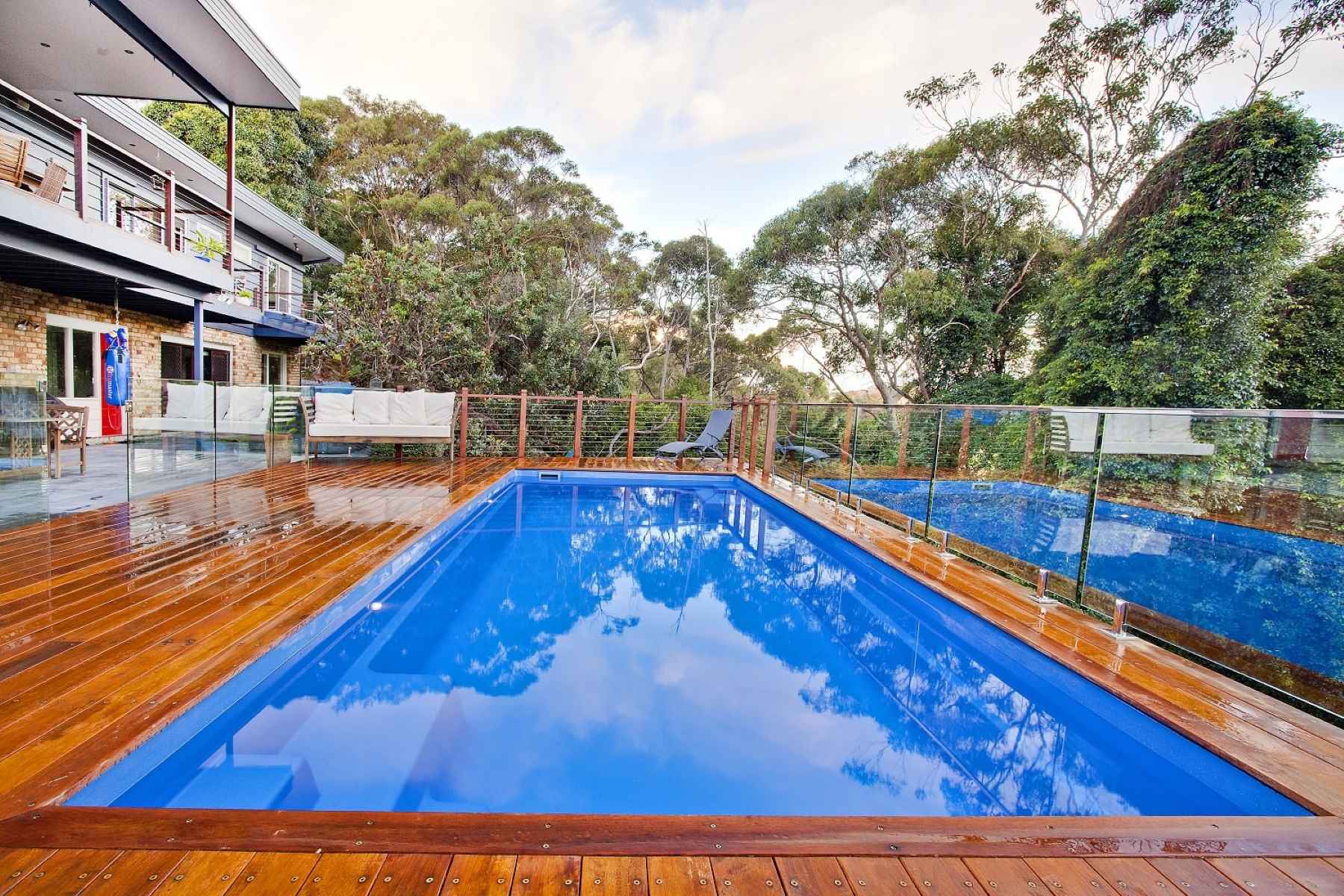
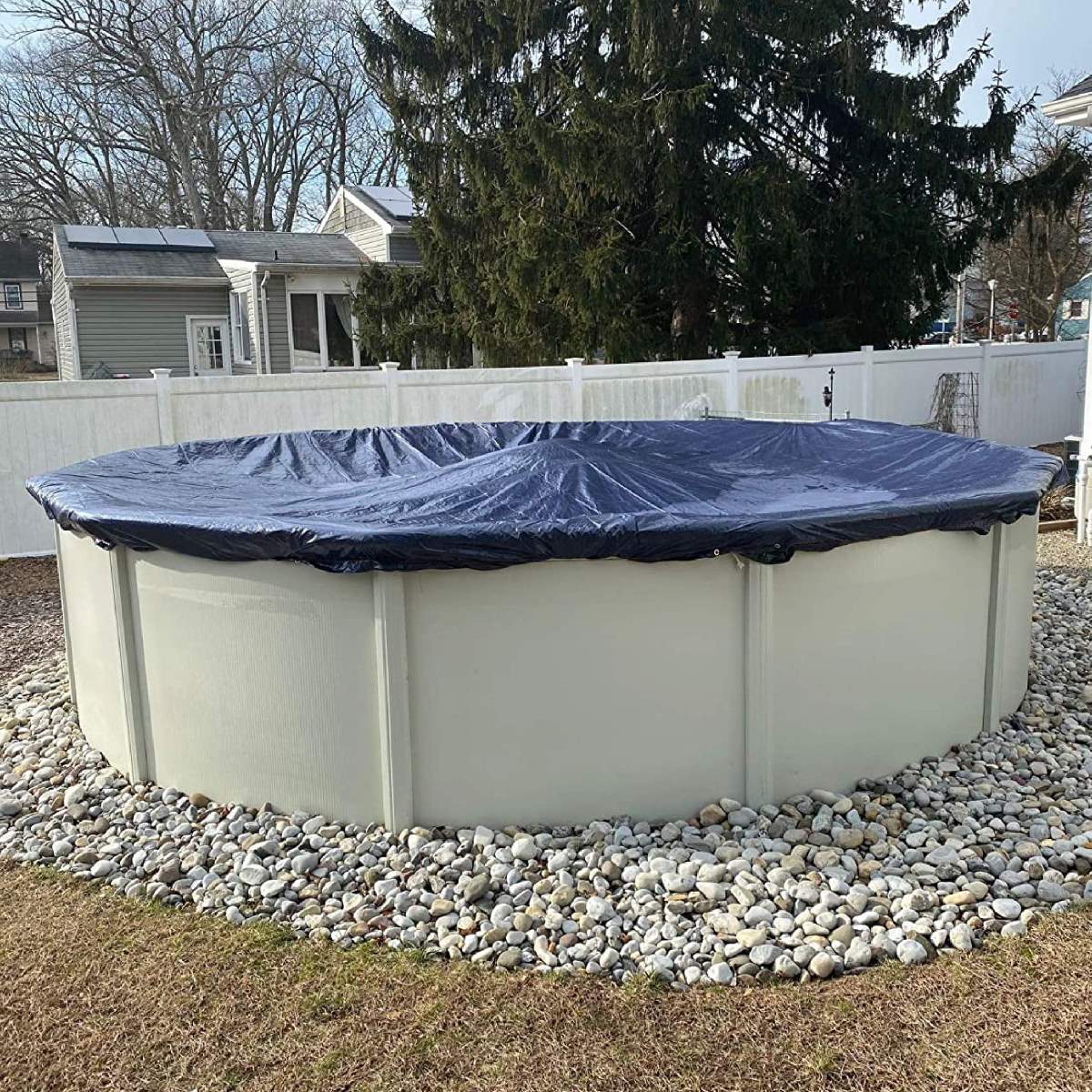
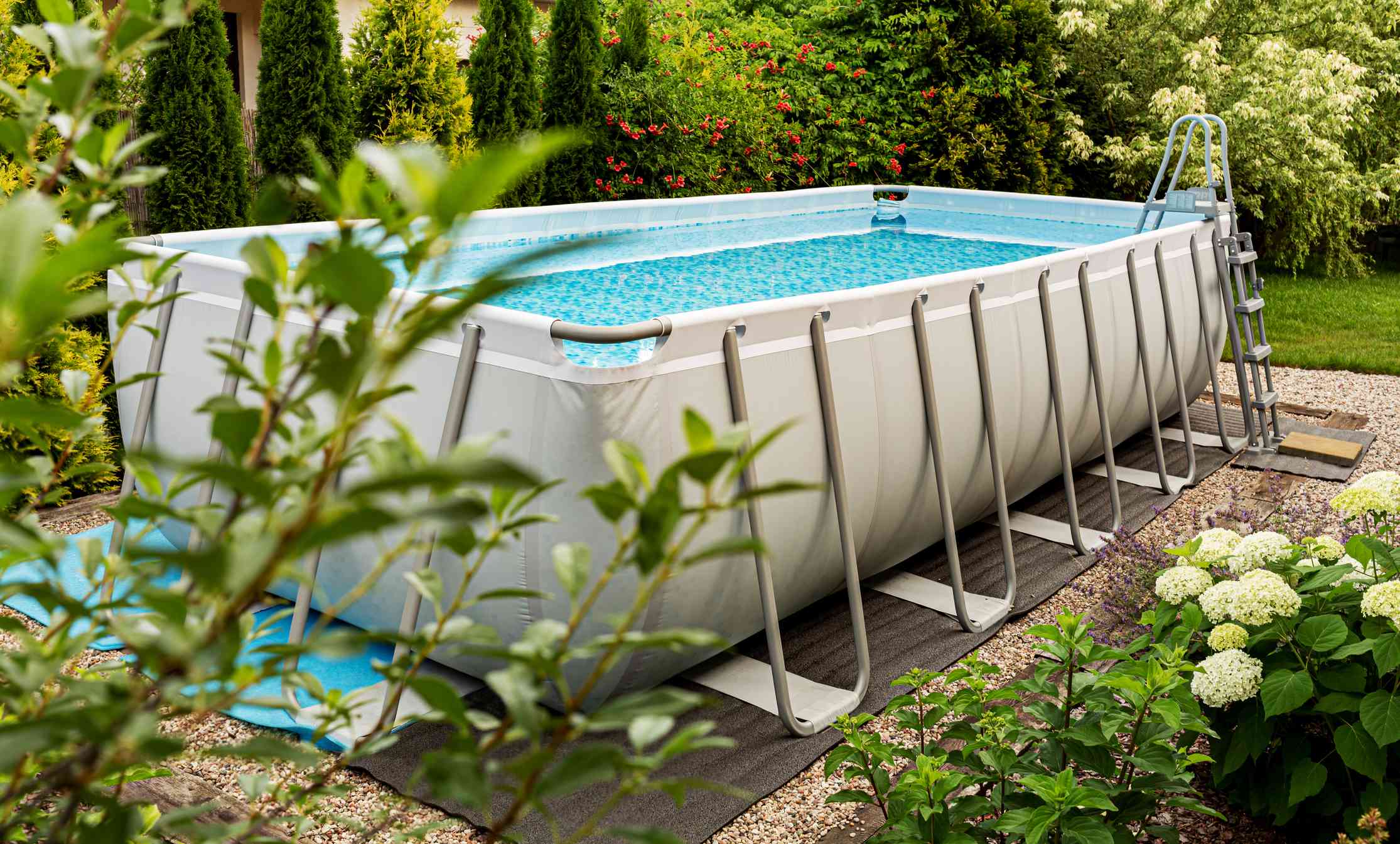
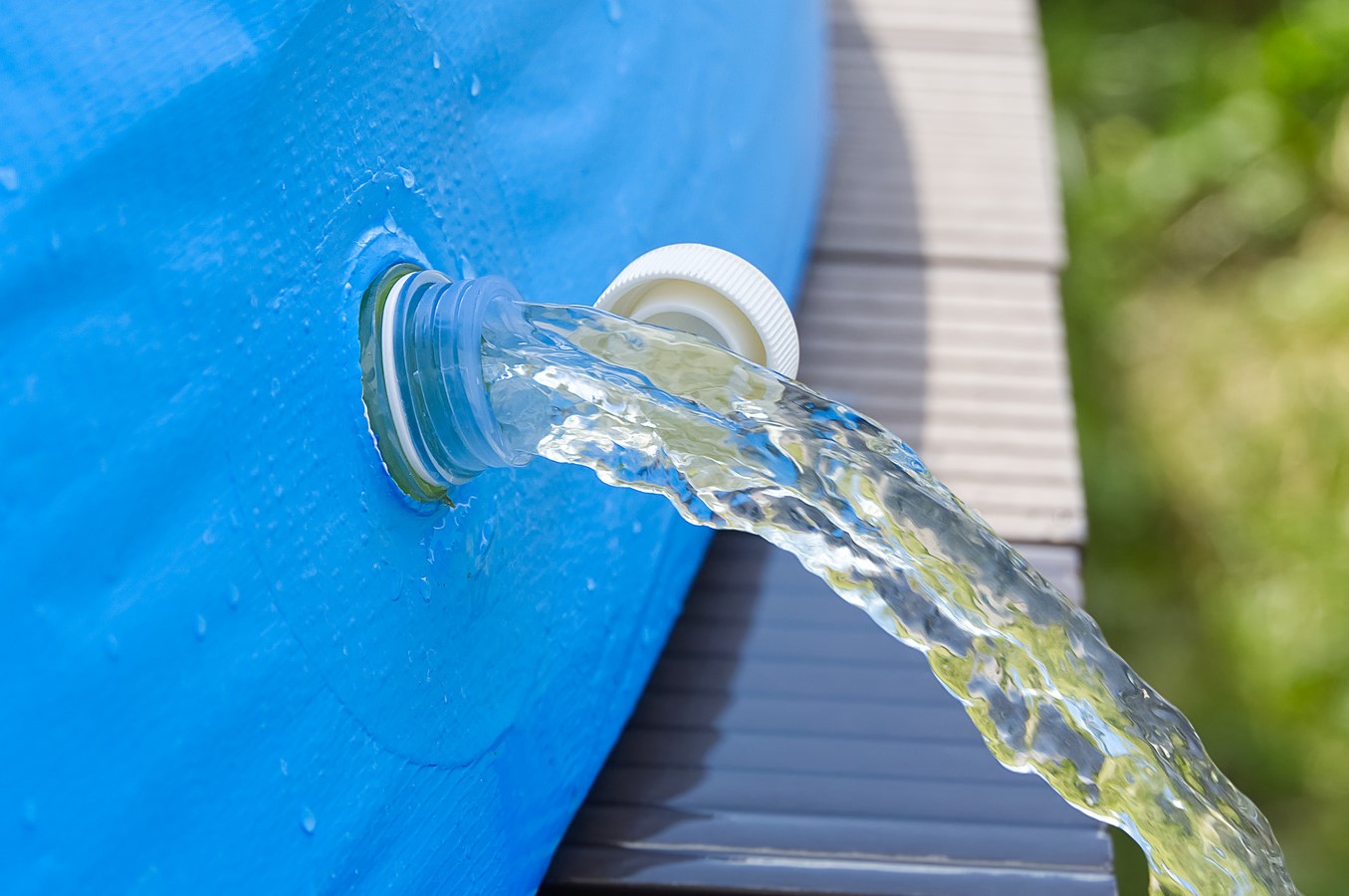
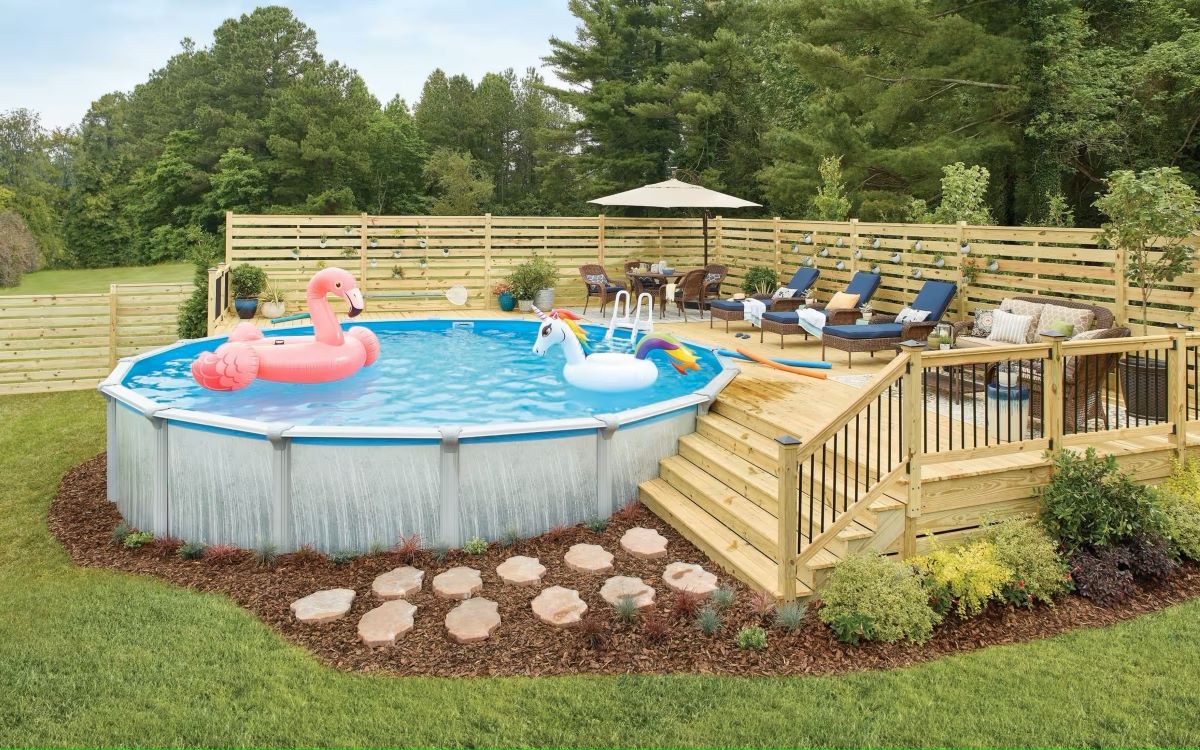
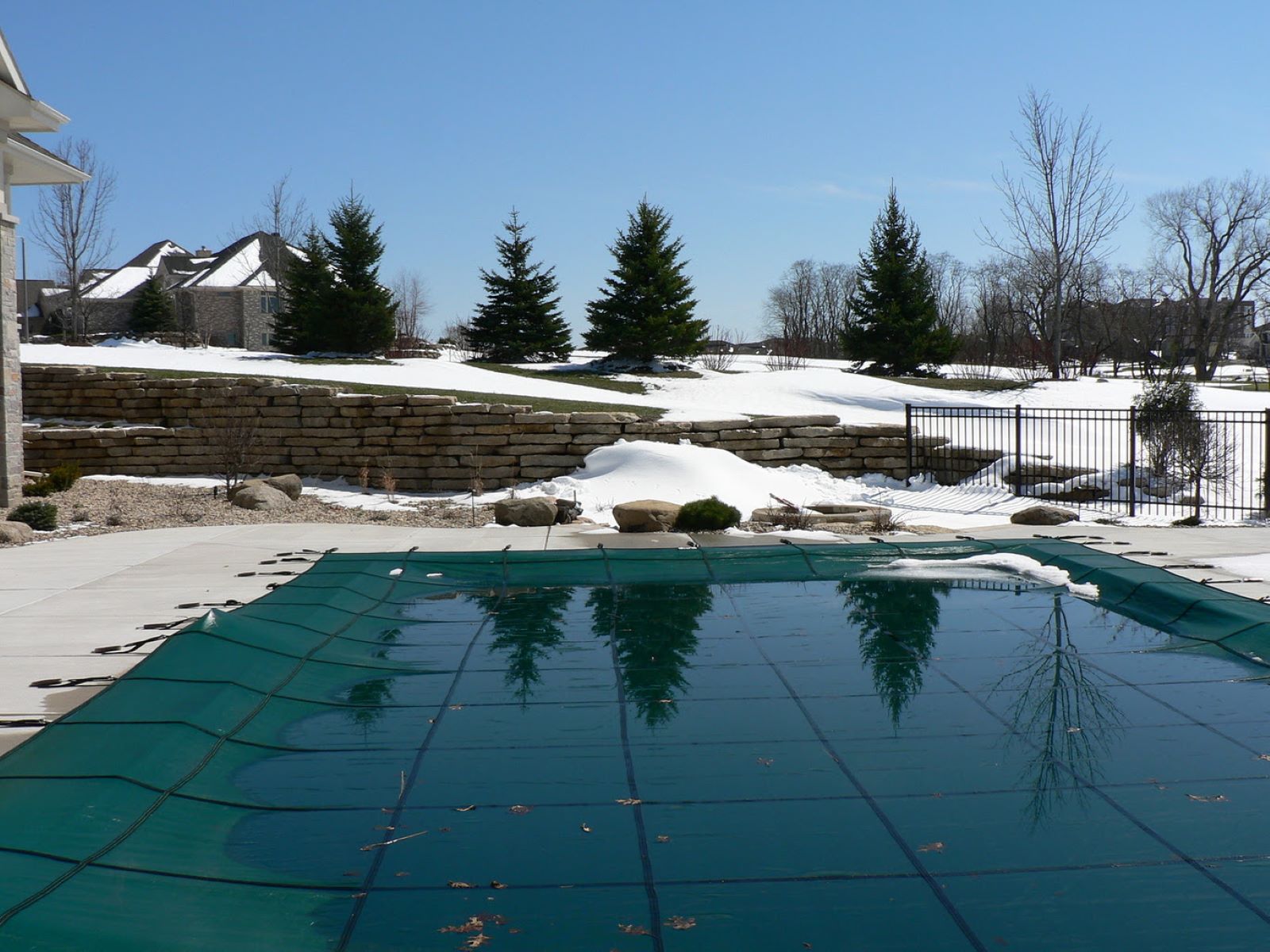
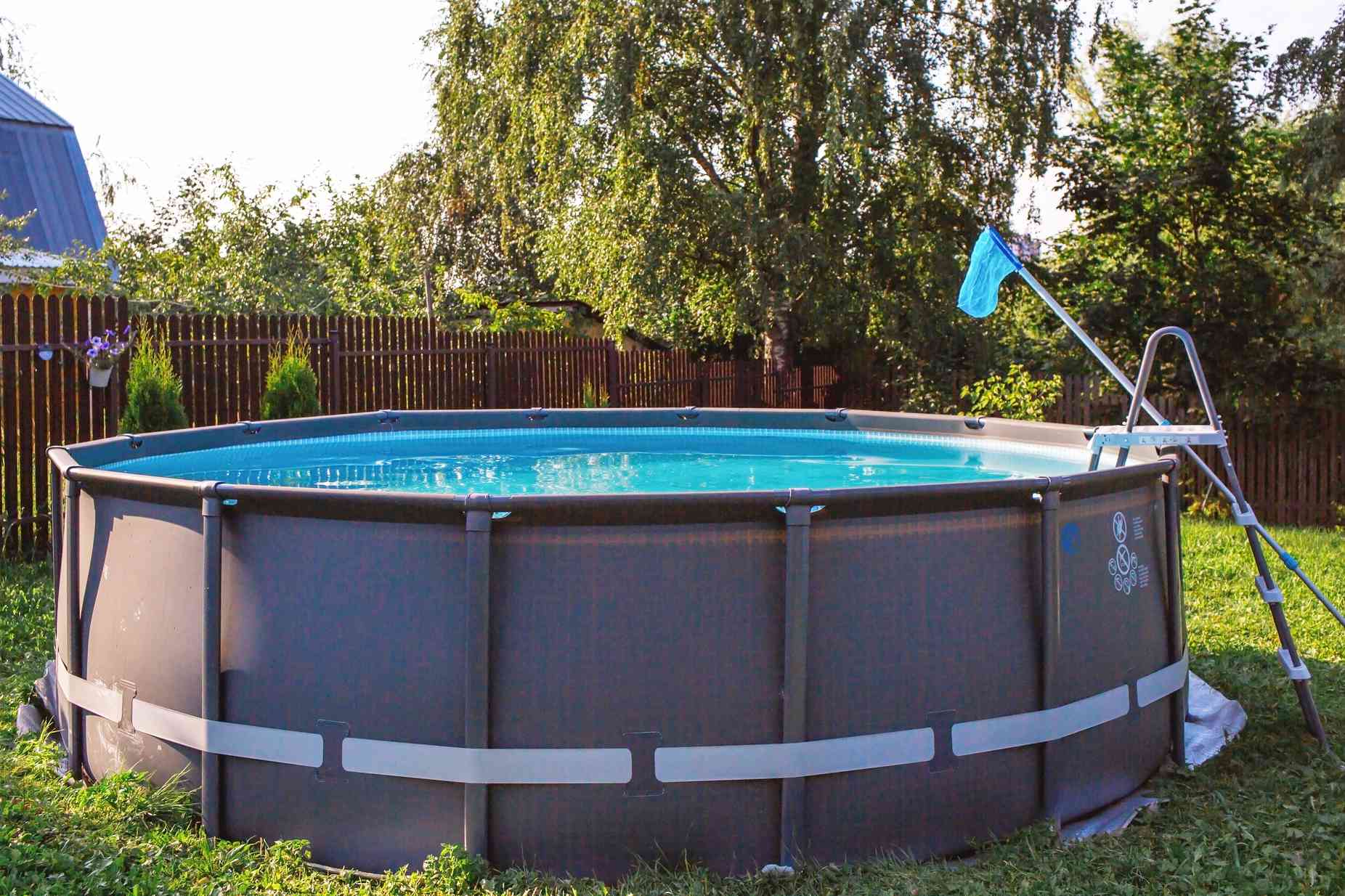
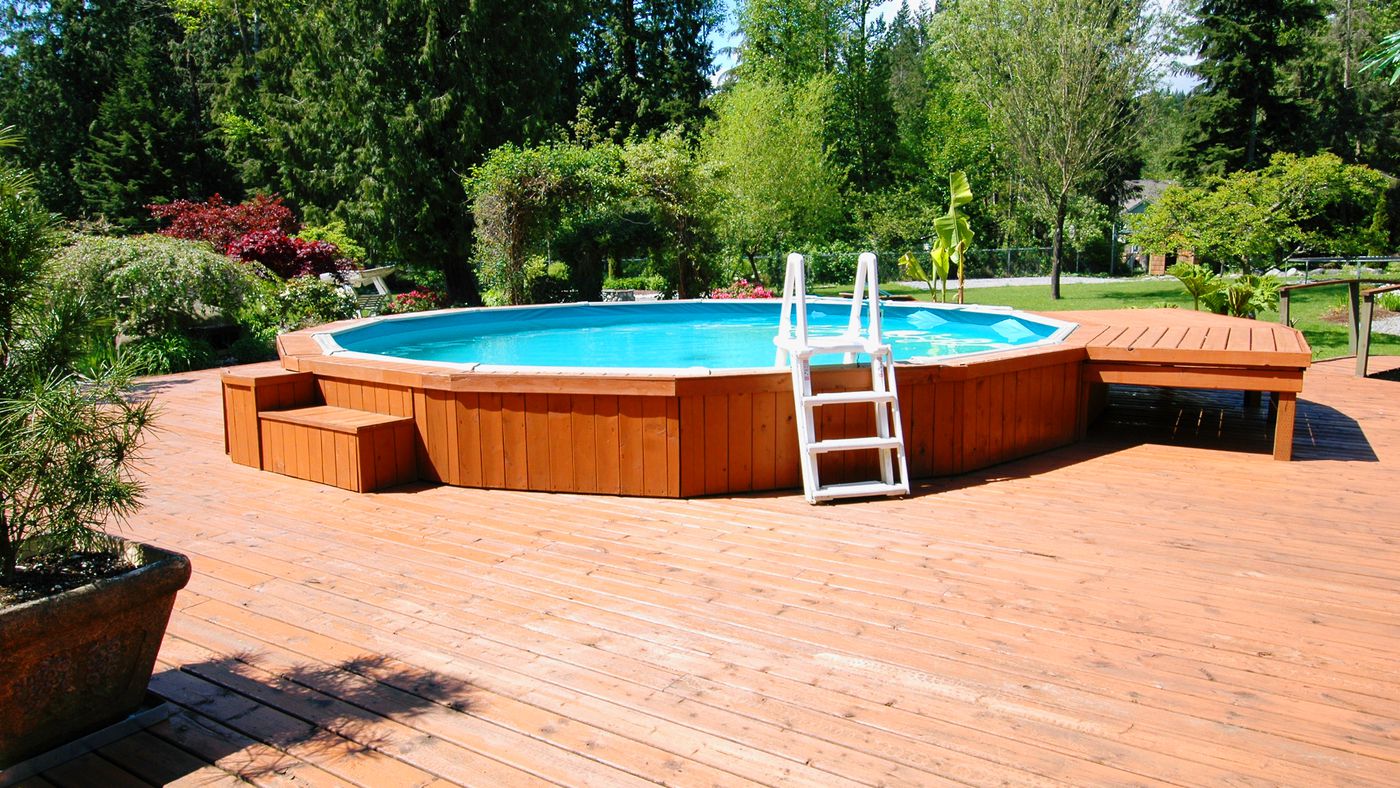
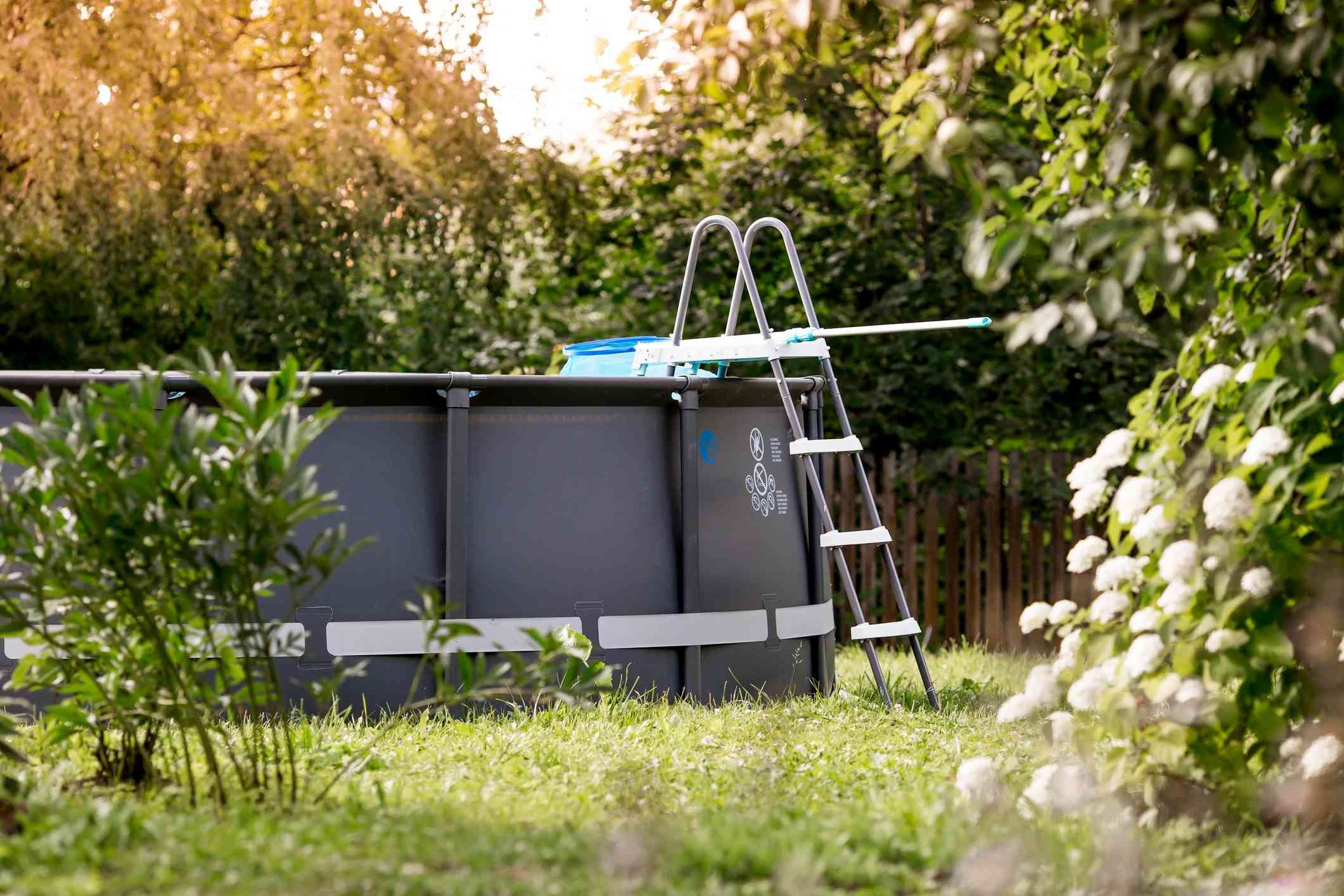
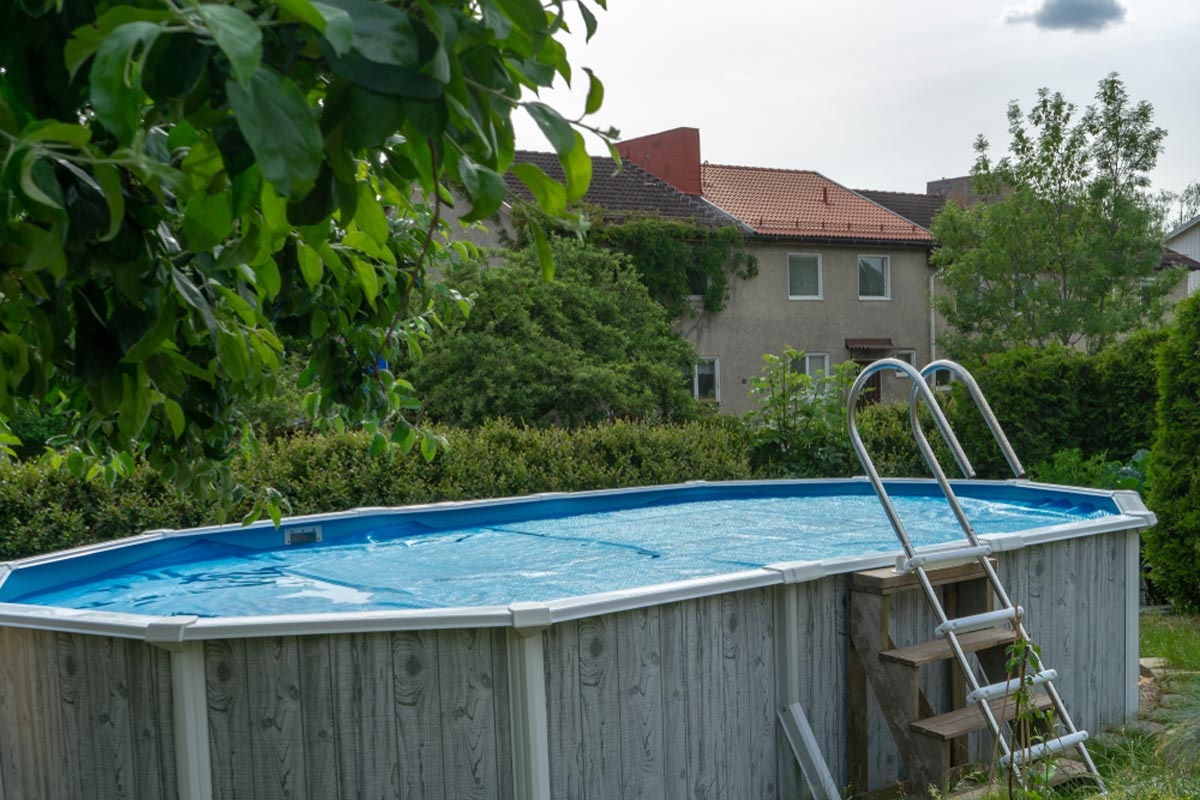
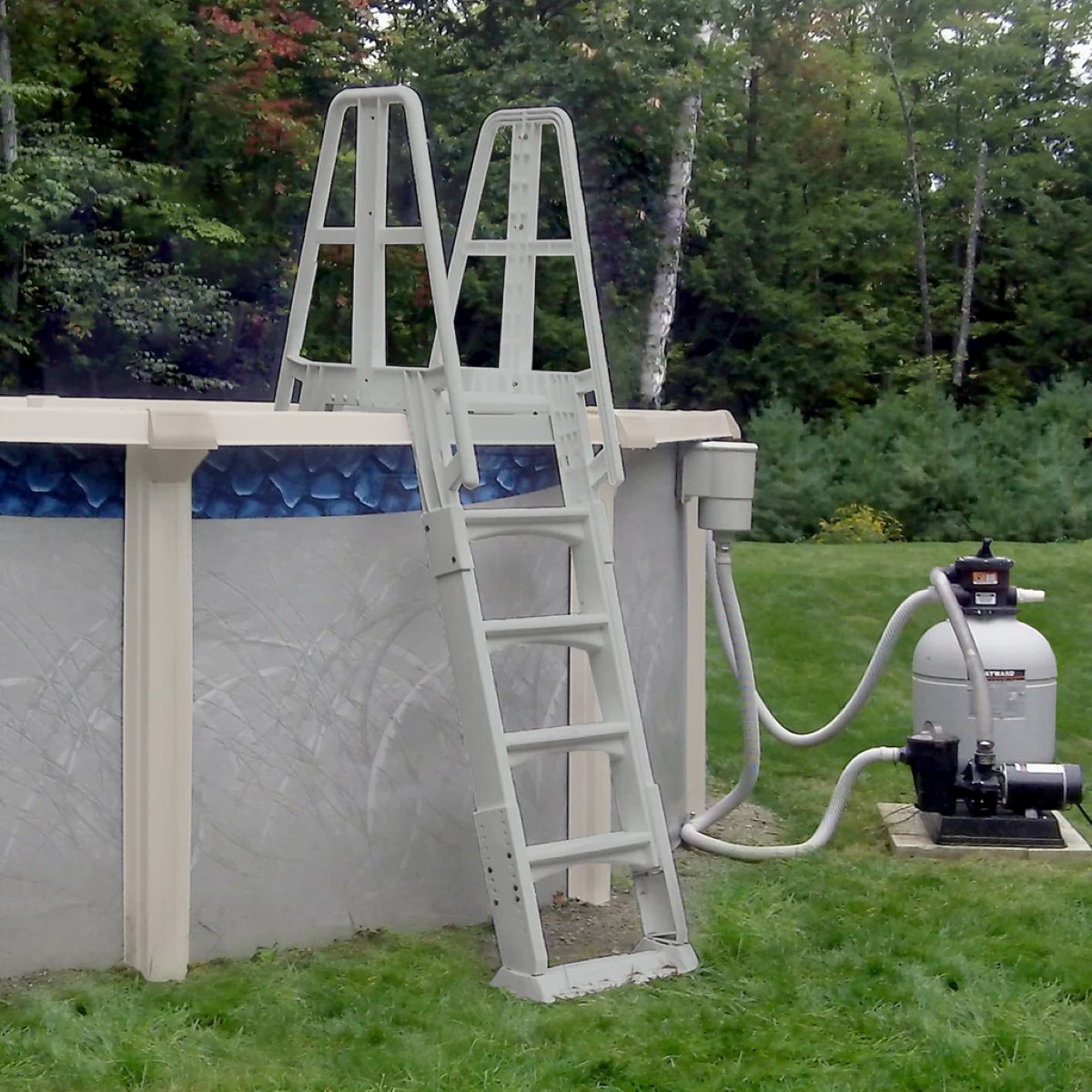
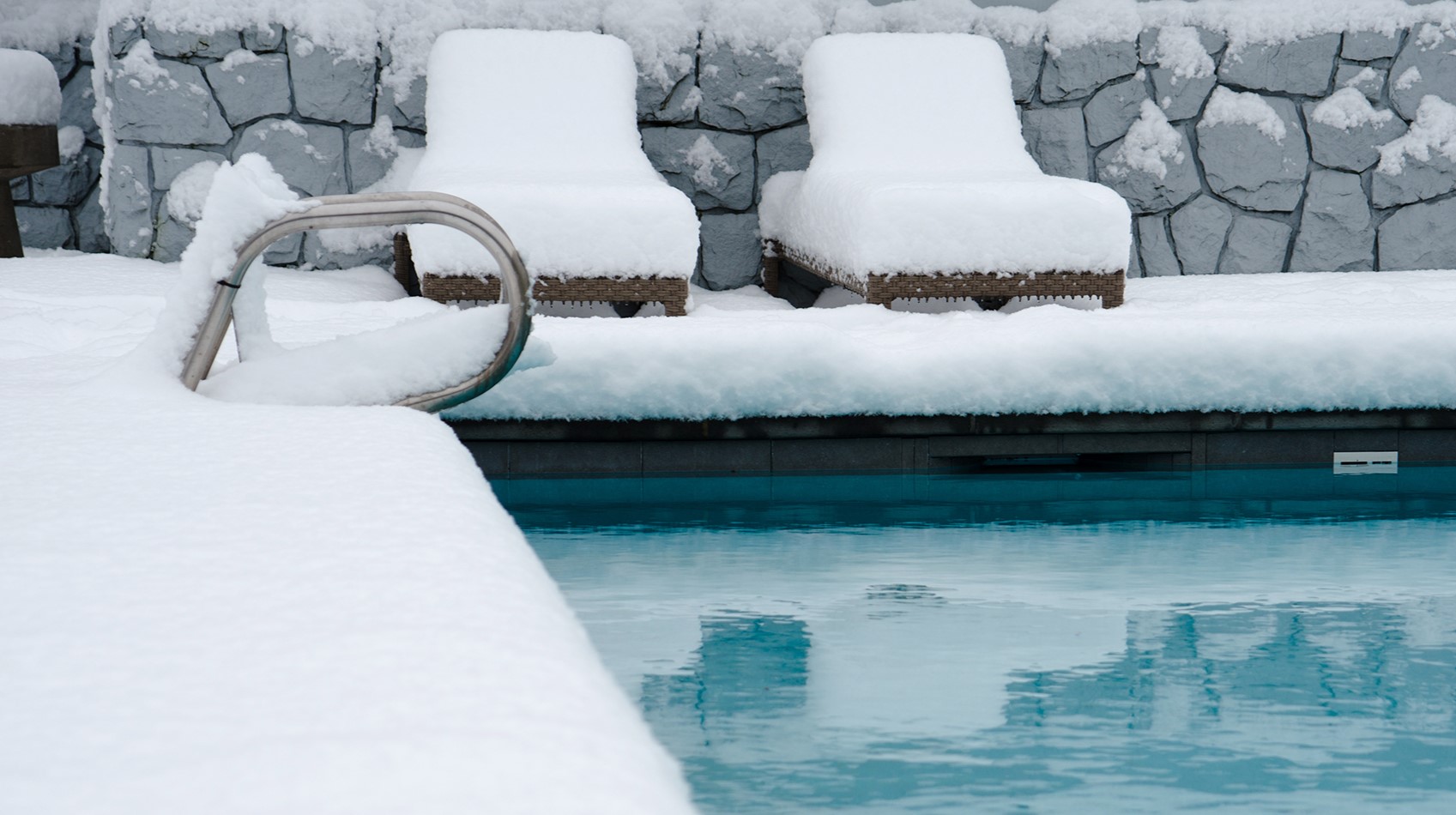
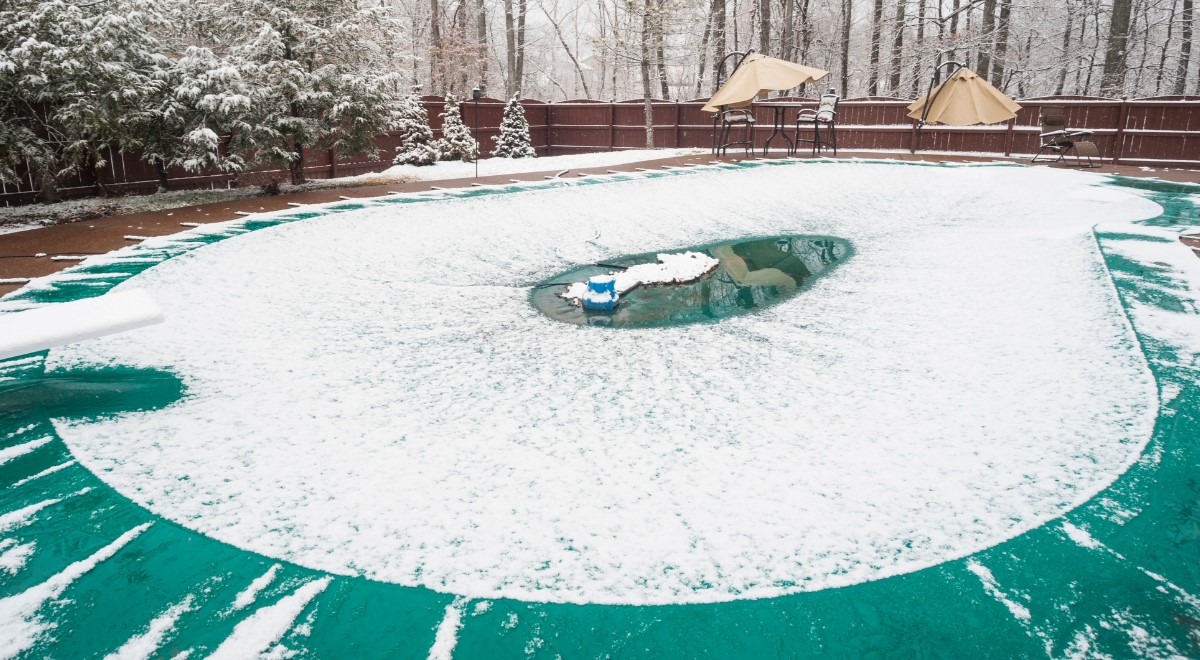
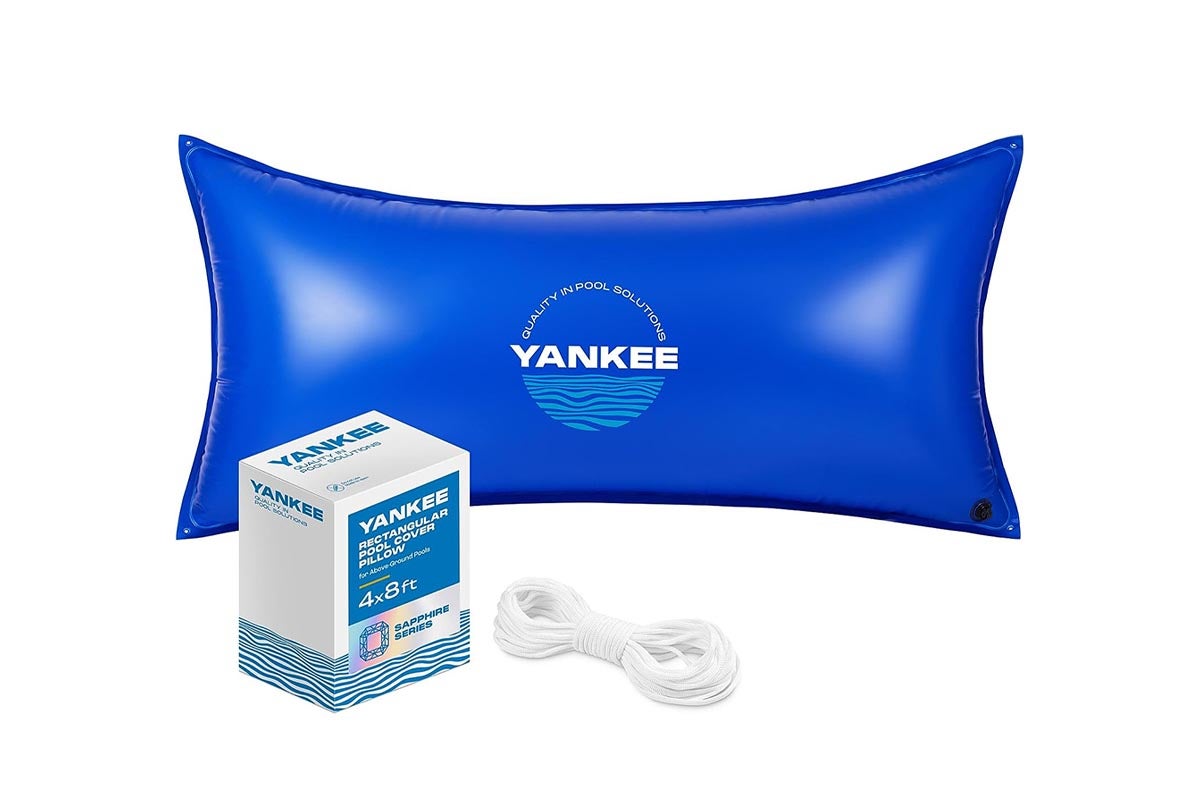

0 thoughts on “How To Winterize An Above Ground Swimming Pool”